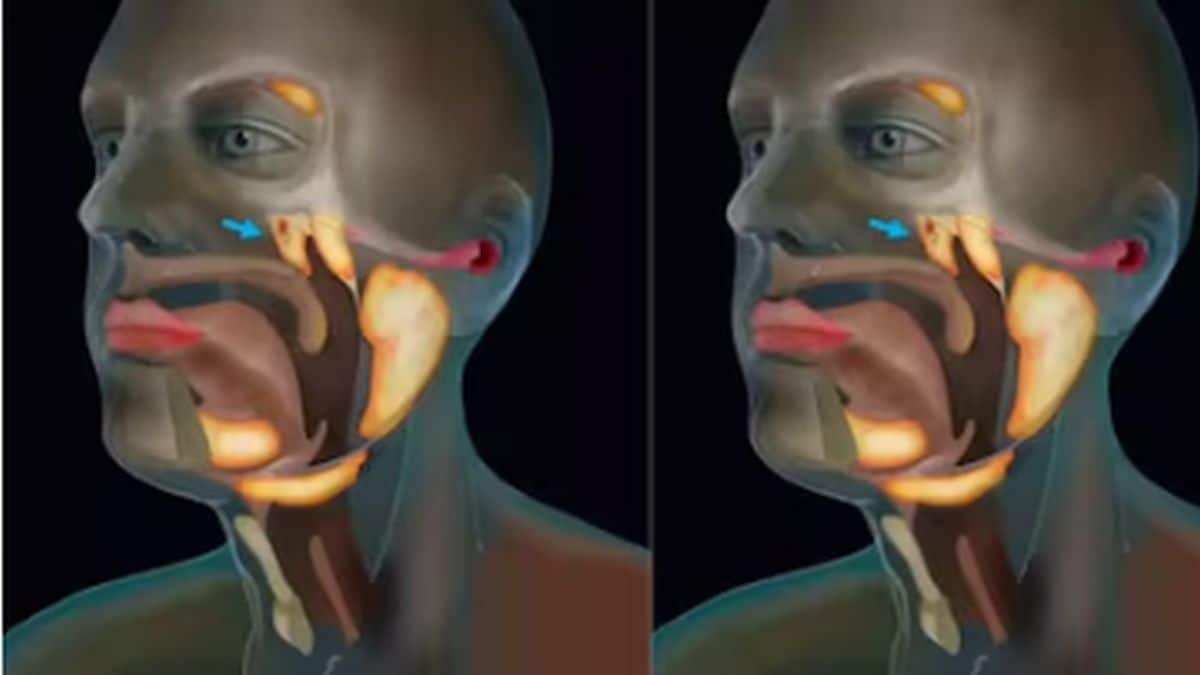Delhi High Court on Thursday intervened on behalf of an 11-year-old, who might die without a bone marrow transplant. The cost of the operation: Rs 12 lakh, and well out of budget for the boy’s parents who hail from Bihar’s Muzaffarpur district. The child who suffers from aplastic anaemia, a rare disease in which the body does not produce enough red blood cells, will now get assistance from the All India Institute of Medical Sciences (AIIMS), as per the court order, and the ministry of health and family welfare (MoHFW) will settle the bill. [caption id=“attachment_7920521” align=“alignleft” width=“380”]  Representational image. Image source: Getty Images.[/caption] The intervention is fortuitous for the young boy, but the case highlights the plight of many families who are left in the lurch between conflicting health schemes that fail to provide for them. Here’s how: India’s Rashtriya Arogya Nidhi (RAN) was designed to provide financial assistance to below-poverty-line (BPL) families for the treatment of life-threatening diseases. However, since the launch of Ayushman Bharat (PM-JAY), some of these families have been declined treatment under RAN by the logic that they are covered by PM-JAY instead. Transplants have not been included in PM-JAY, so those in dire situations are left with no options.
Draft policy on rare diseases
Earlier this week, on 13 January, the health ministry uploaded its National Policy for Rare Diseases 2020 on its website, inviting public comments and view on the draft policy till 10 February. This policy, first devised in 2017, provisions for funding up to Rs15 lakhs for certain rare diseases. The National Policy for Rare Diseases, compiled by the MoHFW, also says that it will extend the funds under RAN. Additionally, those enrolled under Ayushman Bharat (PM-JAY) will also be included in the programme, so it may eventually cover around 40% of the population. As to why the policy has not come into force in the intervening months since 2017, in time to aid this 11-year-old: the health ministry has cited implementation issues.
The challenge with a rare disease
Rare diseases are difficult to finance by public health infrastructure since treatment costs (if treatment is available at all) are high. This may be because there is no incentive for researchers and manufacturers to lower costs as demand is not significant. Public health typically prioritizes conditions that affect more people and tries to provide cheap and efficient solutions. In light of this, expert committees came up with certain rare diseases that respond to one-off treatments and are short term. In other words, the policy will only provide funding in a single instance for a designated list of diseases.
Dedicated institutions for rare diseases
Under the draft policy, a National Registry of Rare Diseases will be set up to gauge the prevalence and management of rare diseases in the country. Currently, there is no reliable way to gauge the prevalence of rare diseases in the country. Certain government-run tertiary centres will also be designated centres of excellence (COE) for rare diseases. Sophisticated infrastructure is required to tackle rare diseases, and these premier institutions have the heft to provide it. The world over, COEs is an established format for medical institutions that excel in the treatment of specific conditions.
Help from the people?
For diseases that require long term or lifelong treatment, such as severe food protein allergy, homocystinuria, and phenylketonuria, the draft policy has suggested voluntary crowdfunding. Citing lack of funds and competing for health priorities, this step calls for private donors, funds and corporates to respond to cases that are beyond the scope of the programme. On a digital platform, a notified hospital will share the details, cost, prognosis of a rare disease and appeal for funds. Bank account information for the transfer will be provided as well. Preventative mechanisms have also been emphasized in the policy. This includes educating the health workforce regarding rare diseases and disseminating the information through them. Identifying families with a history of rare diseases, screening parents and children are also recommended steps. State governments will be provided guidance from the Centre on screening and preventative methods as well.
Open to comments
The draft is open to comments until 10 February. So far, criticism has been levelled at the narrow scope of diseases that are covered. The draft also doesn’t create much of an incentive for R&D (research and development) to design interventions tackling rare diseases. Currently, no native manufacturers develop therapy tackling rare diseases. Also, certain non-governmental organizations (NGOs) have criticized the voluntary crowdfunding clause as being tantamount to the government reneging on its duty to provide for its people. A similar draft was proposed in 2017 but was dismissed on fiscal grounds. It remains to be seen if the draft will pass in its current form. As for the 11-year-old, Sameer, he’s set for another ordeal now: the bone marrow transplant, and months of testing and probing afterwards to prevent complications. For more information, read our article on Bone Marrow Transplant_._ Health articles in Firstpost are written by myUpchar.com, India’s first and biggest resource for verified medical information. At myUpchar, researchers and journalists work with doctors to bring you information on all things health.


)

)
)
)
)
)
)
)
)



